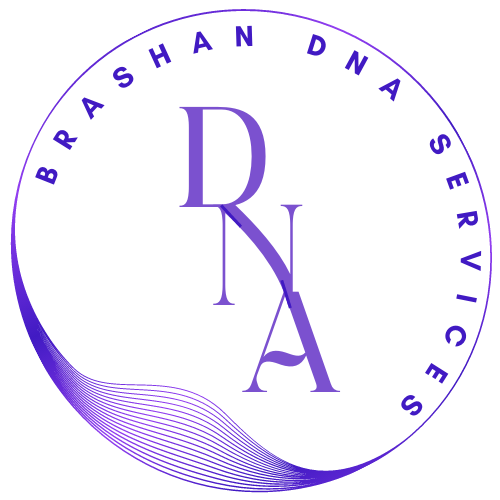What is DNA? Decades of research have enabled us to decode the human genome – the DNA that makes up our entire genetic structure and determines our physical characteristics such as our eye, skin, and hair color. With the advancements in genetics and genomics, we now have the capability to use information extracted from DNA in so many different ways.
The molecule is a twisted ladder structure, known as the double helix, and is made up of two sugar-phosphate strands connecting a series of ‘rungs’. The rungs are made up of four chemical bases: adenine (A), cytosine (C), guanine (G), and thymine (T). These chemicals bond together to form base pairs – A with T and C with G – and it is the order in which these base pairs are sequenced that controls how the body works. More than 99% of our individual sequence is the same as every other human on the planet; it is the variation in the sequence of letters in the other 1% of this code that makes each of us unique. The only exception to this is identical twins as they share the same genetic code.
Relationship Testing
The most common form of relationship testing is Paternity testing. Since a child inherits half of its DNA from its mother and half from its father, comparing the child’s DNA with that of a potential father will therefore determine whether they share a biological relationship. Other common types of relationship testing include grandparents, maternity, sibling, and twins.
Brashan carries out a wide range of relationship testing for members of the public and for the legal sector. Our legal tests follow a strict chain of custody procedures and the results can be used as evidence in court.

